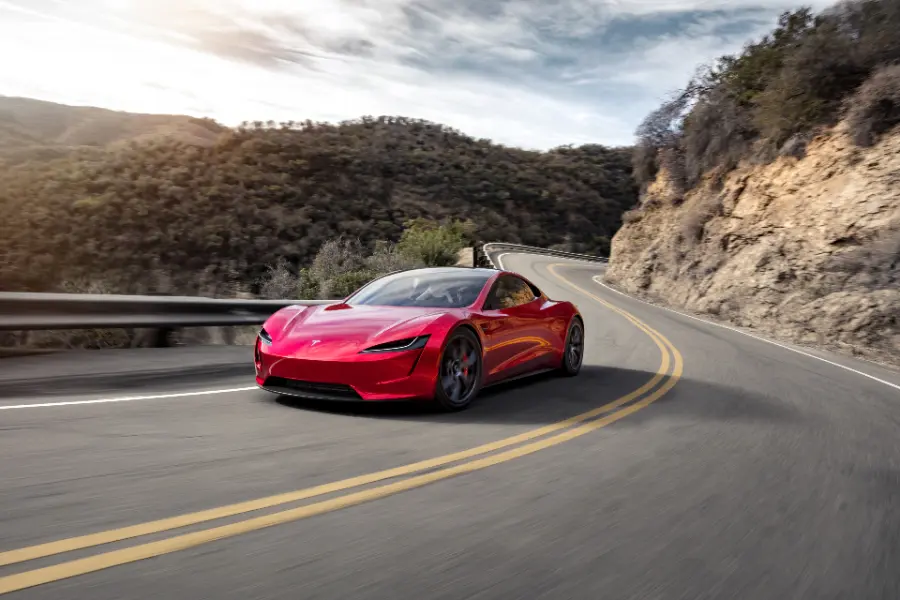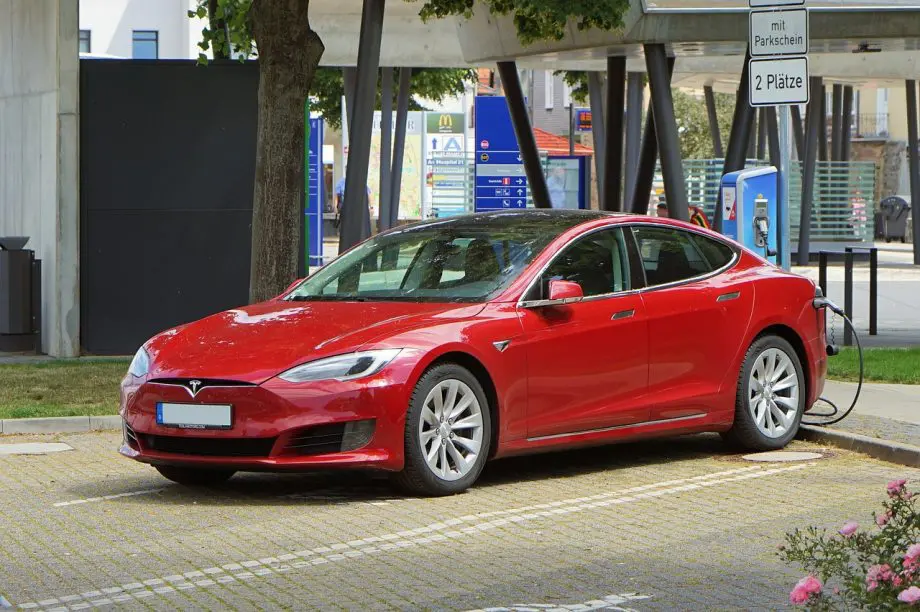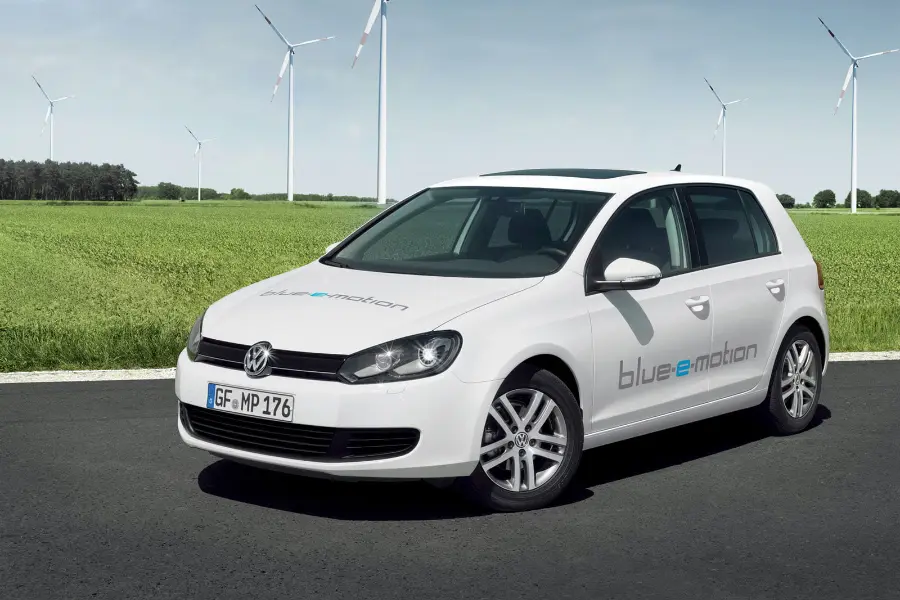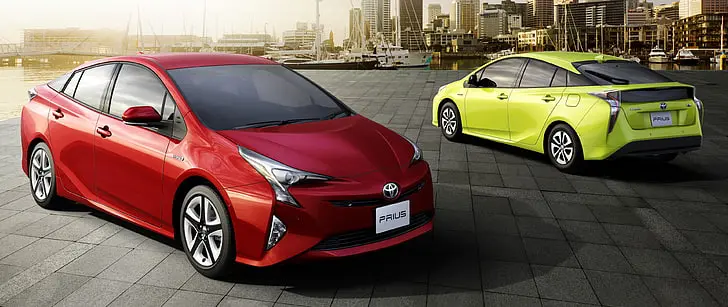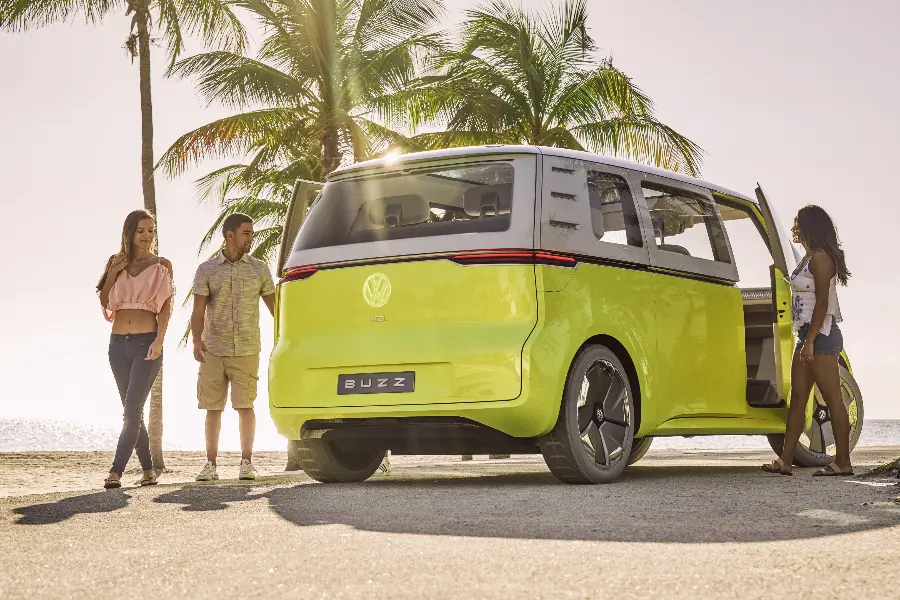
Let’s explore the question of do electric cars reduce pollution. Dive into the world of EVs and discover their impact on our environment.
Ever found yourself wondering, do electric cars reduce pollution? It’s a question that’s sparked many a debate as electric vehicles (EVs) zoom into the mainstream.
As we all strive to make greener choices, understanding the real impact of EVs on our environment is crucial.
So, let’s buckle up and take a journey into the world of electric cars, exploring their emissions, their benefits, and the role they play in our fight against pollution.
Do Electric Cars Reduce Pollution?
Are you curious about the buzz around electric cars and their environmental impact? You’re not alone.
The question, ‘do electric cars reduce pollution?’ is on many minds these days.
In this post, we’ll navigate through the ins and outs of electric vehicles, their emissions, and how they compare to their gas-guzzling counterparts.
We’ll also delve into the role of renewable energy in this context, the future of electric cars, and the challenges we face in transitioning to them.
Plus, we’ll tackle some of your most frequently asked questions. So, let’s hit the road and start this enlightening journey together!
Brief Overview of Electric Cars and Their Rise in Popularity
Electric cars, once a futuristic concept, have now become a common sight on our roads. It’s like they zoomed into our lives almost overnight, isn’t it?
But the truth is, they’ve been decades in the making. The first electric vehicles (EVs) actually date back to the 19th century, but it’s only in recent years that they’ve truly started to rev up in popularity.
Why the sudden surge, you ask? Well, it’s a combination of factors. Technological advancements have made EVs more efficient and affordable.
Plus, there’s a growing awareness about the environmental impact of traditional gas-powered cars.
People are now more conscious about their carbon footprint and are looking for greener alternatives.
And that’s where electric cars come in, offering a promising solution for cleaner and more sustainable transportation.
Statement of the Main Question: Do Electric Cars Reduce Pollution?
Now, this brings us to the million-dollar question: Do electric cars reduce pollution?
It’s a question that’s been at the heart of many discussions, debates, and even controversies.
After all, while electric cars don’t emit exhaust fumes, they do need electricity and the production of that electricity can still involve some level of pollution.
So, what’s the real deal? Do the environmental benefits of driving an electric car outweigh the impacts of producing the electricity it uses?
Stick around as we delve deeper into this question, exploring the environmental impact of electric cars from various angles.
We’ll look at everything from emissions to manufacturing processes, and even the role of renewable energy. Let’s get started!
Understanding Electric Cars

Before we dive into the nitty-gritty of pollution and emissions, let’s take a moment to understand what we’re dealing with.
Electric cars, or EVs as they’re often called, are quite a departure from the traditional gas-guzzlers we’re used to.
They’ve got their own unique features and quirks, and understanding them is key to making sense of their environmental impact.
So, let’s pop the hood on these high-tech rides and get a closer look at what makes them tick!
How Electric Cars Work
Let’s start with the basics. How do electric cars work? Well, instead of a gasoline-powered engine, electric cars run on, you guessed it, electricity.
They’re powered by a large battery pack that drives the electric motor, which in turn propels the car. Pretty neat, right?
But how do you keep the car running? Just like your smartphone, electric cars need to be charged.
You can do this at home with a special charging unit or at a public charging station. It’s as simple as plugging it in and letting it charge.
Once fully charged, the car is ready to hit the road again. The distance it can travel on a single charge, also known as its range, can vary from model to model.
But with advancements in technology, many electric cars now offer ranges that are comparable to their gasoline counterparts.
Different Types of Electric Vehicles
Now, not all electric vehicles are created equal. There are actually several types of EVs, each with its own advantages and considerations.
First, we have Battery Electric Vehicles (BEVs), also known as pure electric vehicles.
These cars are powered entirely by their battery and electric motor.
They produce zero tailpipe emissions, making them a great choice for reducing air pollution.
Then there are Plug-in Hybrid Electric Vehicles (PHEVs). These cars have both an electric motor and a conventional gasoline engine.
They can be driven using electric power alone for short trips, and the gasoline engine can kick in for longer journeys.
This gives you the flexibility of an electric car without the worry of running out of charge.
Finally, there are Hybrid Electric Vehicles (HEVs). These cars also have a gasoline engine and an electric motor.
However, the battery in an HEV is charged by the car’s own braking system, not by plugging it in.
While not as green as BEVs or PHEVs, they’re still more fuel-efficient than traditional cars.
So, there you have it. A quick rundown of how electric cars work and the different types out there.
With this understanding, we can now delve deeper into their impact on pollution. Ready to continue the journey?
Environmental Impact of Electric Cars
Now that we’ve got a handle on how electric cars work, it’s time to tackle the big question head-on.
What’s the environmental impact of these high-tech vehicles? It’s a topic that’s sparked a lot of debate and for good reason.
After all, if we’re looking to these cars as a solution for a cleaner, greener future, we need to be sure they’re up to the task.
So, let’s roll up our sleeves and dive into the facts and figures about electric cars and their impact on our precious environment.
Emissions from Electric Cars
Let’s start with the most obvious point: emissions. Or rather, the lack thereof.
One of the biggest selling points of electric cars is that they have zero tailpipe emissions. That’s right, zero.
While a traditional car spews out pollutants every time it’s running, an electric car operates in blissful silence, with no exhaust fumes to speak of.
This means no carbon dioxide, no nitrogen oxides, no particulates so none of the nasty stuff that contributes to air pollution and climate change.
It’s a clear win for electric cars in the city driving scenario, where stop-and-go traffic would otherwise result in a lot of exhaust emissions.
Impact on Air Quality
The lack of tailpipe emissions from electric cars has a direct and positive impact on air quality, especially in urban areas.
Traditional cars release a variety of pollutants that contribute to smog and poor air quality.
Electric cars, on the other hand, can help reduce these pollutants significantly.
This isn’t just good for the planet; it’s good for our health too. Cleaner air means fewer health issues like asthma and other respiratory problems.
It’s a breath of fresh air in more ways than one!
Comparison with Traditional Vehicles
Now, how do electric cars stack up against traditional vehicles overall?
Well, when you consider the entire life cycle of the car from manufacturing to disposal, electric cars still come out ahead.
Yes, producing an electric car, particularly the battery, does require a lot of energy and can contribute to pollution.
However, the absence of tailpipe emissions and the lower emissions from driving the car more than makes up for this initial environmental cost.
Moreover, as the grid becomes cleaner with more renewable energy, the emissions from charging the car decrease as well.
So, while electric cars aren’t 100% green, they’re a significant improvement over their gasoline counterparts.
And as technology continues to advance, they’re only getting better.
So, in the grand tug-of-war between electric cars and traditional vehicles, it’s clear who’s pulling ahead in the race for a cleaner, greener future.
Life Cycle Analysis of Electric Cars
Having looked at the emissions and air quality impact, let’s now take a step back and consider the bigger picture.
To truly understand the environmental impact of electric cars, we need to consider their entire life cycle, from the moment their components are mined and manufactured, through to their end-of-life disposal.
This is what we call a ‘life cycle analysis’. It’s a bit like taking a ‘cradle to grave’ view of the car.
So, let’s embark on this journey and see what the life of an electric car really looks like from an environmental perspective.
Emissions from Manufacturing
Let’s start at the very beginning: the manufacturing process. It’s true that producing an electric car, especially the battery, can be energy-intensive.
The extraction and processing of the raw materials, such as lithium, cobalt, and nickel, that go into the battery can have significant environmental impacts.
This means that, right out of the gate, an electric car starts its life with a higher carbon footprint than a conventional car.
However, it’s important to note that the manufacturing process is continually becoming more efficient.
Advances in technology and changes in supply chain practices are helping to reduce the environmental impact of producing electric cars.
Plus, there’s a growing focus on recycling and reusing batteries, which can help offset some of the initial environmental costs.
Emissions from Electricity Generation
Next, let’s consider the emissions from electricity generation. After all, an electric car’s battery needs to be charged, and that electricity has to come from somewhere.
If the electricity is generated from fossil fuels, then yes, there are still emissions associated with driving an electric car.
However, these emissions are generally lower than the emissions from driving a conventional car.
Moreover, as the electricity grid becomes cleaner and more renewable energy sources are used, the emissions from charging an electric car will continue to decrease.
In fact, in areas with a high proportion of renewable energy, driving an electric car can be nearly emission-free!
Total Lifetime Emissions
So, what’s the bottom line? When you add up the emissions from manufacturing, electricity generation, and end-of-life disposal, how do electric cars compare to conventional cars?
Well, studies have shown that over their entire life cycle, electric cars still have lower emissions than conventional cars.
Even with the higher emissions from manufacturing, the lack of tailpipe emissions and the lower emissions from driving mean that electric cars still come out ahead.
In other words, while electric cars aren’t perfect, they’re a step in the right direction.
And as technology continues to improve and the electricity grid becomes cleaner, they’ll keep getting better.
So, when it comes to reducing pollution and combating climate change, electric cars are definitely part of the solution.
The Role of Renewable Energy
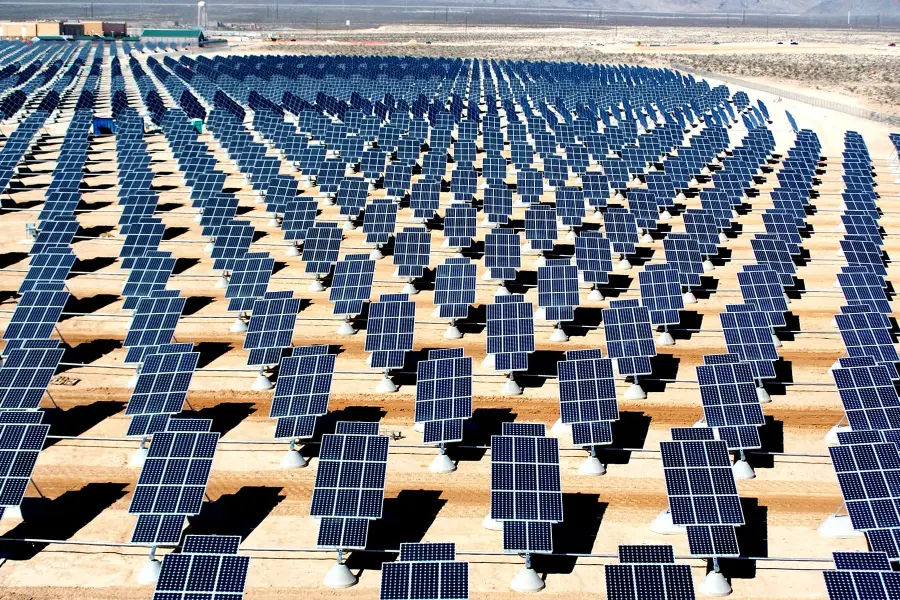
As we’ve seen, the electricity that charges an electric car’s battery plays a significant role in the vehicle’s overall environmental impact.
But what if that electricity could be generated without producing any emissions? Enter renewable energy.
From wind turbines to solar panels, renewable energy sources are transforming the way we power our lives, including our cars.
So, let’s take a closer look at the role of renewable energy in the world of electric cars and how it could be a game-changer in our quest for a greener future.
How Renewable Energy Affects the Emissions of Electric Cars
Renewable energy can be a real game-changer when it comes to the emissions of electric cars.
Remember how we talked about the emissions from electricity generation?
Well, with renewable energy, those emissions can be drastically reduced or even eliminated altogether.
Here’s how it works. When you charge an electric car with electricity generated from renewable sources, like wind or solar power, you’re essentially driving on clean energy.
This means that the only emissions associated with the car are those from manufacturing and disposal.
There are no emissions from driving the car and no emissions from charging the battery. It’s a win-win situation for the environment!
Moreover, as more and more renewable energy comes online, the cleaner charging an electric car becomes.
So, the more we invest in renewable energy, the greener electric cars get.
It’s a positive feedback loop that could really accelerate our transition to a sustainable future.
Current State of Renewable Energy in Electricity Generation
So, where are we currently with renewable energy? Well, it’s a mixed bag. On the one hand, renewable energy is growing rapidly.
More and more wind farms and solar panels are popping up, and the technology is becoming more efficient and affordable.
However, renewable energy still makes up a relatively small portion of the global energy mix.
Fossil fuels, like coal and natural gas, still dominate, especially in electricity generation.
This means that, for now, charging an electric car is still likely to involve some level of emissions.
But the trend is clear. Renewable energy is on the rise, and it’s only going to become more prevalent in the future.
As it does, the benefits of electric cars will become even more pronounced.
So, while we’re not there yet, the future looks bright for electric cars and renewable energy.
The Future of Electric Cars and Pollution
With a clearer understanding of the current environmental impact of electric cars and the role of renewable energy, it’s time to look ahead.
What does the future hold for electric cars and their role in combating pollution?
As we stand on the cusp of a potential ‘electric revolution’, it’s an exciting question to ponder.
So, let’s rev up our engines and speed into the future, exploring the predictions and possibilities that lie ahead.
Predictions for the Future of Electric Cars
The future of electric cars looks, in a word, electrifying.
With advancements in technology, improvements in infrastructure, and growing awareness about climate change, the popularity of electric cars is expected to continue to rise.
Battery technology is improving, making electric cars more efficient, more practical, and more affordable.
Charging infrastructure is expanding, making it easier for people to own and operate electric cars.
And as more and more people become aware of the environmental benefits of electric cars, demand is likely to increase.
Moreover, many governments around the world are setting ambitious targets for electric cars.
Some have even announced plans to ban the sale of new gasoline and diesel cars in the coming decades.
These policies are likely to drive further growth in the electric car market.
So, while it’s hard to predict the future with certainty, it seems clear that electric cars are here to stay.
And as they become more common, their potential to reduce pollution and combat climate change will only grow.
How Electric Cars Can Help Achieve Climate Goals
Electric cars have a crucial role to play in achieving our climate goals.
Transport is one of the largest sources of greenhouse gas emissions, and shifting to electric cars can significantly reduce these emissions.
As we’ve discussed, electric cars produce no tailpipe emissions, and even when you take into account the emissions from electricity generation, they’re still cleaner than conventional cars.
This means that the more people switch to electric cars, the lower our overall emissions will be.
Moreover, as the electricity grid becomes cleaner, the benefits of electric cars will become even more pronounced.
If we can reach a point where all our electricity comes from renewable sources, then electric cars could become virtually emission-free.
In other words, electric cars aren’t just a solution to the problem of car pollution.
They’re part of a broader strategy to reduce our overall emissions and combat climate change.
And with the urgency of the climate crisis growing every day, their role has never been more important.
Challenges and Solutions
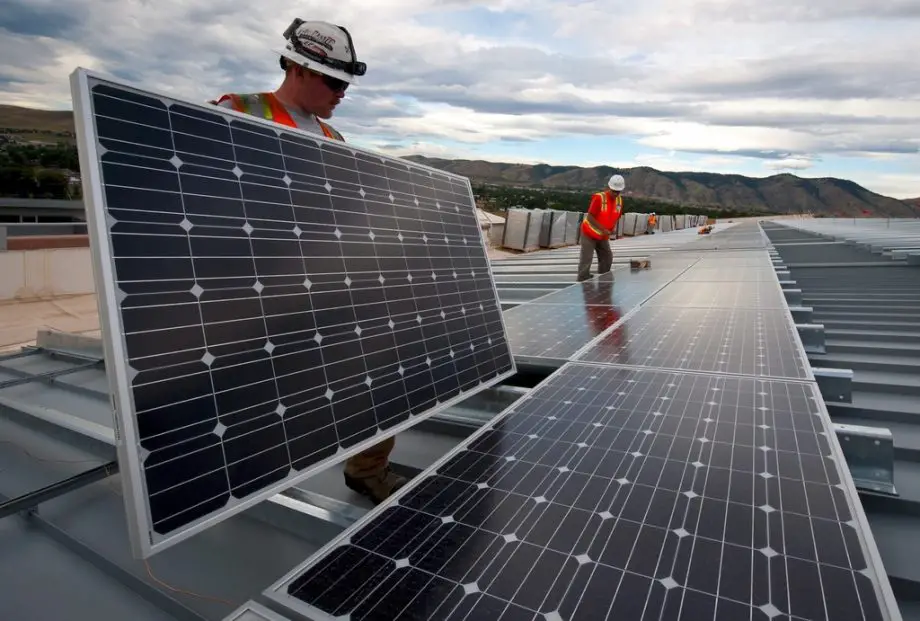
While the benefits of electric cars are clear, the road to a fully electric future isn’t without its bumps.
Like any major transition, there are challenges to overcome. But don’t worry, it’s not all doom and gloom.
For every challenge, there’s a potential solution, and many bright minds are working to navigate these obstacles.
So, let’s take a look at some of the key challenges in transitioning to electric cars and explore the innovative solutions that could help us overcome them.
Challenges in Transitioning to Electric Cars
Transitioning to electric cars is a bit like learning to drive all over again. It’s exciting, but it also comes with its share of challenges.
One of the biggest hurdles is infrastructure. While charging stations are becoming more common, we still have a long way to go before they’re as ubiquitous as gas stations.
This can make owning an electric car less convenient, especially for people who don’t have the ability to charge at home.
Then there’s the issue of range anxiety.
Even though electric cars can now travel significantly further on a single charge than they used to, the fear of running out of battery is still a concern for many potential buyers.
And let’s not forget about the upfront cost.
While electric cars can be cheaper to run over the long term, they can be more expensive to buy than their gasoline counterparts.
This can be a significant barrier for many people.
Potential Solutions and Strategies
Despite these challenges, there are many solutions and strategies that can help accelerate the transition to electric cars.
For the infrastructure issue, governments and businesses can invest in expanding the network of charging stations.
This includes not just public charging stations, but also home and workplace charging solutions.
To combat range anxiety, car manufacturers can continue to improve battery technology to increase the range of electric cars.
At the same time, educating consumers about their actual driving habits and how they align with the range of most electric cars can also help.
As for the cost, incentives like tax credits and rebates can make electric cars more affordable.
Plus, as technology improves and economies of scale kick in, the price of electric cars is expected to come down.
So, while the road to an electric future may have a few bumps, it’s nothing we can’t handle.
With the right strategies and solutions, we can overcome these challenges and make electric cars a viable option for everyone.
Do Electric Cars Reduce Pollution FAQs
![]()
We’ve covered a lot of ground so far, but you may still have some burning questions about electric cars and their impact on pollution.
You’re not alone. Many people have questions, and we’re here to provide the answers.
In this section, we’ll tackle some of the most frequently asked questions about electric cars.
From their potential to cure air pollution to their benefits for human health and society, we’ve got you covered.
So, let’s dive into the FAQs and clear up any lingering uncertainties you may have.
Q: Are electric cars the cure for air pollution?
A: While electric cars aren’t a magic bullet that will eliminate air pollution overnight, they’re definitely part of the solution.
Electric cars produce zero tailpipe emissions, which means they don’t release the harmful pollutants that contribute to air pollution like traditional cars do.
However, it’s important to remember that the electricity used to charge electric cars can still produce emissions, depending on how it’s generated.
As we shift towards cleaner sources of electricity, the potential for electric cars to reduce air pollution becomes even greater.
Q: How are electric cars good for humans?
A: Electric cars offer several benefits for humans. For starters, by reducing air pollution, they help create healthier environments, especially in urban areas where air quality can be a major issue.
This can lead to fewer health problems, such as respiratory issues and heart disease, which are associated with air pollution.
Electric cars are also quieter than traditional cars, which can reduce noise pollution and create more peaceful environments.
Q: Are electric cars better for human health?
A: Yes, by reducing air pollution, electric cars can have a positive impact on human health.
Air pollution is linked to a range of health problems, from asthma to heart disease and even premature death.
By reducing the emissions that contribute to air pollution, electric cars can help mitigate these health risks.
Q: Why are electric cars good for society?
A: Electric cars offer several benefits for society. They can help reduce our dependence on fossil fuels, which can make our energy systems more sustainable and secure.
They can also help reduce greenhouse gas emissions, which is crucial for tackling climate change.
Plus, the shift towards electric vehicles can drive innovation and create jobs, contributing to economic growth.
So, while the transition to electric cars may be challenging, it’s a move that can benefit society in many ways.
Do Electric Cars Reduce Pollution Conclusion
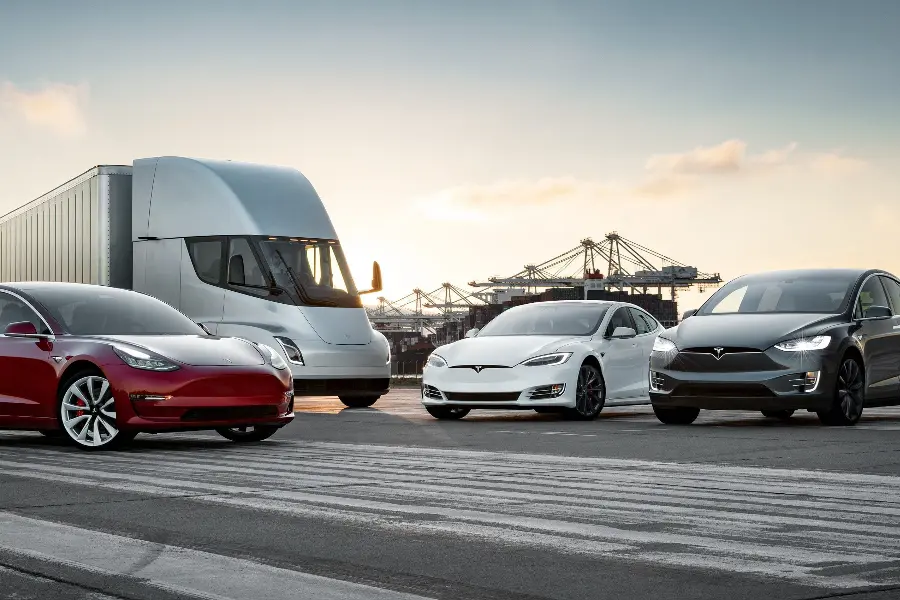
We’ve journeyed through the world of electric cars, exploring their workings, their impact on pollution, and their future prospects.
We’ve tackled some tough questions and hopefully cleared up some common misconceptions.
As we near the end of our journey, it’s time to pull over, take a breather, and reflect on what we’ve learned.
So, let’s put it all in perspective and wrap up our exploration of the question: ‘Do electric cars reduce pollution?’
Recap of the Main Points
Let’s take a moment to revisit the key points we’ve covered.
We started by understanding how electric cars work and the different types of electric vehicles available.
We then delved into their environmental impact, looking at their emissions, their effect on air quality, and how they compare to traditional vehicles.
We also took a broader view, considering the life cycle analysis of electric cars, from manufacturing to disposal.
We explored the role of renewable energy in reducing the emissions associated with electric cars and looked ahead to the future of electric cars and their potential to help us achieve our climate goals.
Along the way, we acknowledged the challenges in transitioning to electric cars but also highlighted the potential solutions and strategies to overcome these hurdles.
And finally, we answered some of your most frequently asked questions about electric cars and their impact on pollution.
Final Thoughts on the Impact of Electric Cars on Pollution
So, where does this leave us? Well, it’s clear that electric cars have a significant role to play in reducing pollution and combating climate change.
They offer a cleaner, more sustainable alternative to traditional cars, with the potential to drastically reduce our greenhouse gas emissions.
However, it’s also clear that electric cars are not a silver bullet.
They’re part of a larger puzzle that includes renewable energy, efficient infrastructure, and sustainable practices across all sectors of our economy.
But one thing is certain: the journey towards a cleaner, greener future is one we must embark on.
And electric cars, with their promise of zero tailpipe emissions and a reduced carbon footprint, are set to be a key part of that journey.
So, let’s embrace the electric revolution and drive towards a future where our cars help, not harm, our precious planet.

